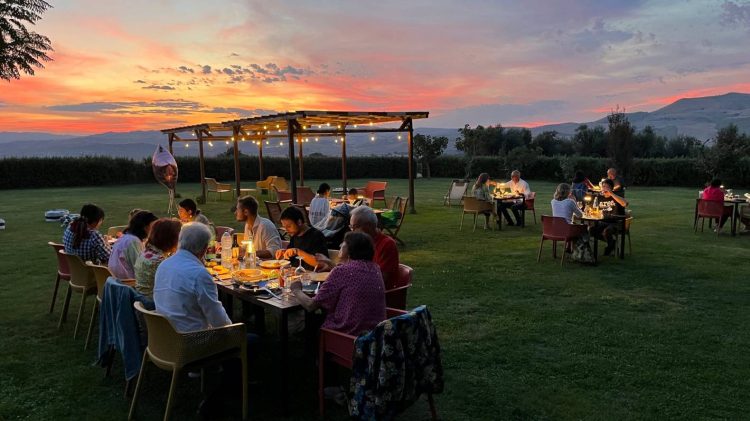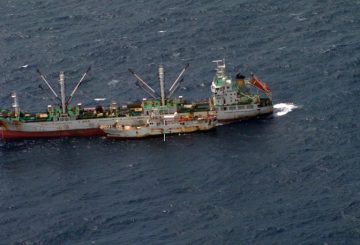Molise, salah satu dari 20 wilayah Italia, sering diabaikan oleh wisatawan dan bahkan penduduk setempat. Ini sering dilihat sebagai hutan belantara yang biasa-biasa saja, tanpa daya tarik utama untuk namanya. Namun, setelah perjalanan keluarga, saya mulai menghargai pesona Molise. Di era di mana Italia dikuasai oleh wisatawan, mengunjungi Molise terasa seperti menemukan jantung Italia yang sebenarnya.
Molise mungkin tidak memiliki situs wisata utama, tetapi memiliki pantai yang indah bebas dari toko-toko wisata, kota-kota kuno yang senang melihat pengunjung, dan pemandangan yang menakjubkan. Belum lagi, ia menawarkan makanan lezat dengan harga yang mengingatkan pada tahun 1980-an.
Molise adalah rumah bagi beberapa kota unik. Frosolone dikenal dengan pisau artisanalnya, Carpinone dibangun di lereng gunung yang curam, dan Agnone adalah rumah bagi bisnis keluarga tertua kedua di dunia, sebuah pengecoran yang membuat lonceng perunggu untuk Vatikan.
Mengunjungi Molise membutuhkan komitmen. Transportasi umum langka, jadi mobil sewaan diperlukan. Kesabaran juga diperlukan karena Google Maps sering salah mengarahkan Anda. Namun, upaya itu sepadan. Situs yang kurang dikenal di kawasan ini tidak terjamah oleh pariwisata, dan penduduk setempat benar-benar senang melihat pengunjung.
Keadaan pariwisata di Italia kacau. Banyak tempat paling terkenal di negara itu dibanjiri oleh wisatawan, sehingga sulit untuk mengalami kehidupan lokal. Sebaliknya, Molise tetap otentik dan tidak tersentuh oleh efek pariwisata.
Dalam enam bulan pertama tahun ini, Italia melihat 48 juta pengunjung asing. Dari jumlah tersebut, hanya 20.000 yang mengunjungi Molise, menjadikannya wilayah yang paling jarang dikunjungi di negara itu. Namun, kurangnya pengunjung ini memungkinkan pengalaman yang lebih asli bagi mereka yang berkunjung.
Masakan Molise kaya akan daging, keju, dan sayuran liar. Restoran mungkin tidak terlihat seperti banyak di Google, tetapi mereka sering menyajikan makanan lezat dengan harga terjangkau.
Terlepas dari tantangannya, Molise menawarkan pengalaman Italia yang unik dan otentik. Kurangnya wisatawan memungkinkan interaksi yang lebih pribadi dan tulus dengan penduduk setempat. Keindahan alam kawasan ini, makanan lezat, dan kota-kota unik menjadikannya permata tersembunyi di Italia.





























































